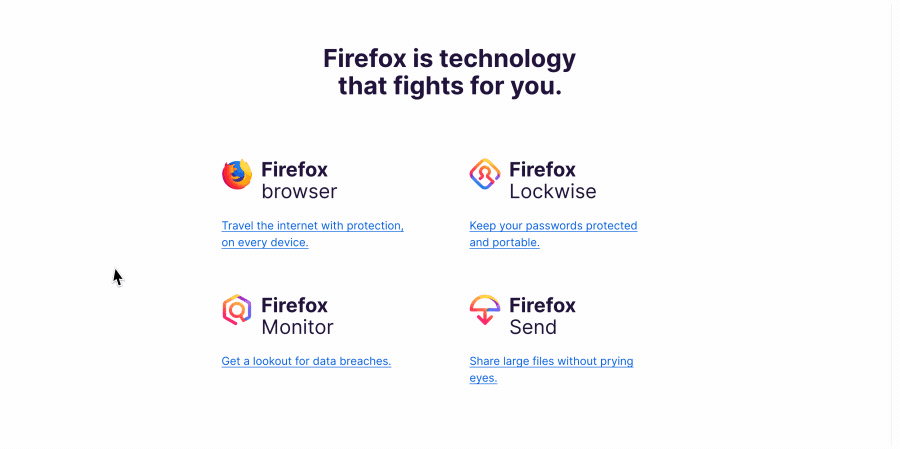
Firefox Browser Branding
Head of Design
2020
Context
The Team
- Jennifer Rouse - UX Design Lead
- Mark Weaver - Brand Design Lead
- James Dybvig - Motion Design
- Rob Antley - Copy Writer
My responsibilities
As Head of Brand Design at Mozilla, I led the creative vision and execution of Firefox’s brand evolution—shaping a cohesive and modern visual identity across a diverse range of products, platforms, and touchpoints. From strategy to implementation, I worked closely with cross-functional teams to ensure every expression of the brand reflected our values of openness, trust, and user empowerment. Throughout the process, we grounded our decisions in user insights and iterative testing to create a flexible yet recognizable system that connected with global audiences.
The Situation
Firefox, Mozilla’s consumer-facing brand, has existed for over two decades. For much of its history, the brand was developed and maintained by a passionate volunteer community. While the Firefox team had created a set of brand guidelines, they lacked the sophistication, clarity, and scalability expected of a global brand.
Upon auditing Firefox's brand assets, it was evident that there was minimal consistency, a lack of cohesive visual systems, and unclear usage rules. The brand needed a structured and strategic overhaul to align with its global presence and ambitious mission.
Key Problems
- Outdated Format: The brand guidelines existed only in a PDF—difficult to access, share, and prone to duplication of outdated versions.
- Disorganized: The guideline layout lacked a grid system, with disorganized wide text boxes making it hard to navigate and apply.
- Unclear Rules: The guidelines were vague and open to interpretation, leading to inconsistent implementation.
- Missing Audience Insights: There was no defined audience, making it unclear who we were designing for.
- Lack of Focus: The original palette was described as “a rainbow—use whatever,” leading to visual chaos.
- No Digital Typeface Substitutes: There were no web-safe or fallback typography options.
- Inconsistent Visual Elements: Brand shapes were used without consistency or purpose.
- Missing Core Assets: There was no iconography system, illustration framework, tone of voice, or design system in place.
The process
- Identify needs and prioritize
- Develop a strategic roadmap
- Build a cross-functional team
- Align with key stakeholders and gain buy-in
- Establish a cadence of communication and iterative releases
- Conduct quarterly reviews and refinements
Core Deliverables & Priorities
- Brand audit and competitive analysis
- Master brand color system
- Iconography and illustration systems
- Shape rules and usage guidelines
- Web background rules (included in v5.0)
- Co-branding framework
- Video and motion guidelines
- Firefox character development
- Tone of voice and copywriting standards
- Presentation templates
- Universal rules (textures, patterns, emoticons, snippets)
- Design system integration (Protocol)
The Work
Guiding Principles: The Four Rights
At the core of Firefox’s brand are four inalienable digital rights. These principles guide every brand decision:
- Safety: You deserve to be online without fear. Firefox protects your privacy and identity by default.
- Control: You deserve access to the whole internet. Firefox avoids manipulation and bias.
- Choice: You deserve innovation that serves you, not corporate interests.
- Transparency: You deserve to know how your data is used. Firefox operates with radical honesty.
Brand Personality
Radical.
Kind.
Open.
Opinionated.
These four words form the backbone of our tone, design, and expression. They are intentionally paradoxical—capturing the brand's bold mission and human warmth.
Competitive and Cultural Insights
We continuously audited brand expression across all Firefox touchpoints globally. We also studied Tier 1 market cultures to ensure local relevance. I led ongoing competitive reviews to identify whitespace and opportunities to visually differentiate.
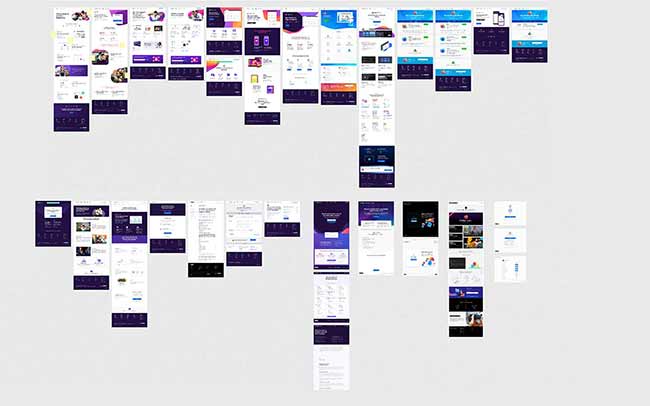

Color System
Before: “Use all the colors” → chaos.
After: A refined system with one core master palette (4 colors) and three secondary palettes for flexibility across products and campaigns.
The primary palette anchors Firefox’s identity and embodies values of privacy and transparency. Secondary palettes support thematic and product-based differentiation.
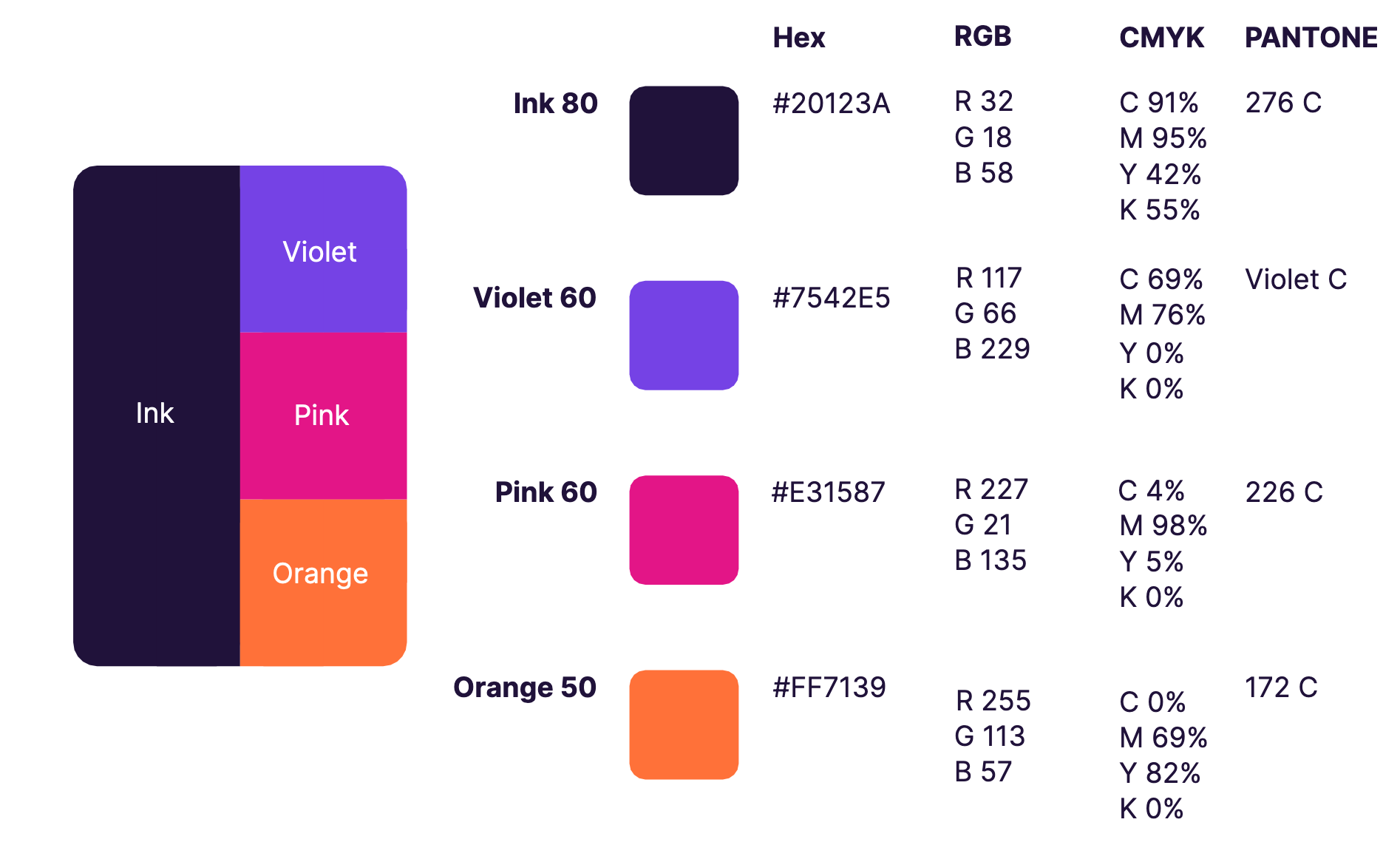

Iconography
Previously, multiple inconsistent icons (e.g., shield icons) coexisted in the same flows. We established a clear system:
- Mini-Icons: Functional, low-fidelity icons for UI use
- High-Fidelity Icons: For marketing and storytelling
I led a cross-disciplinary team of product and marketing designers to co-create this system, ensuring coherence and flexibility.
Shape Language
Original shapes, nicknamed “noodles,” were inconsistently used, often oversized and abstract. 👎
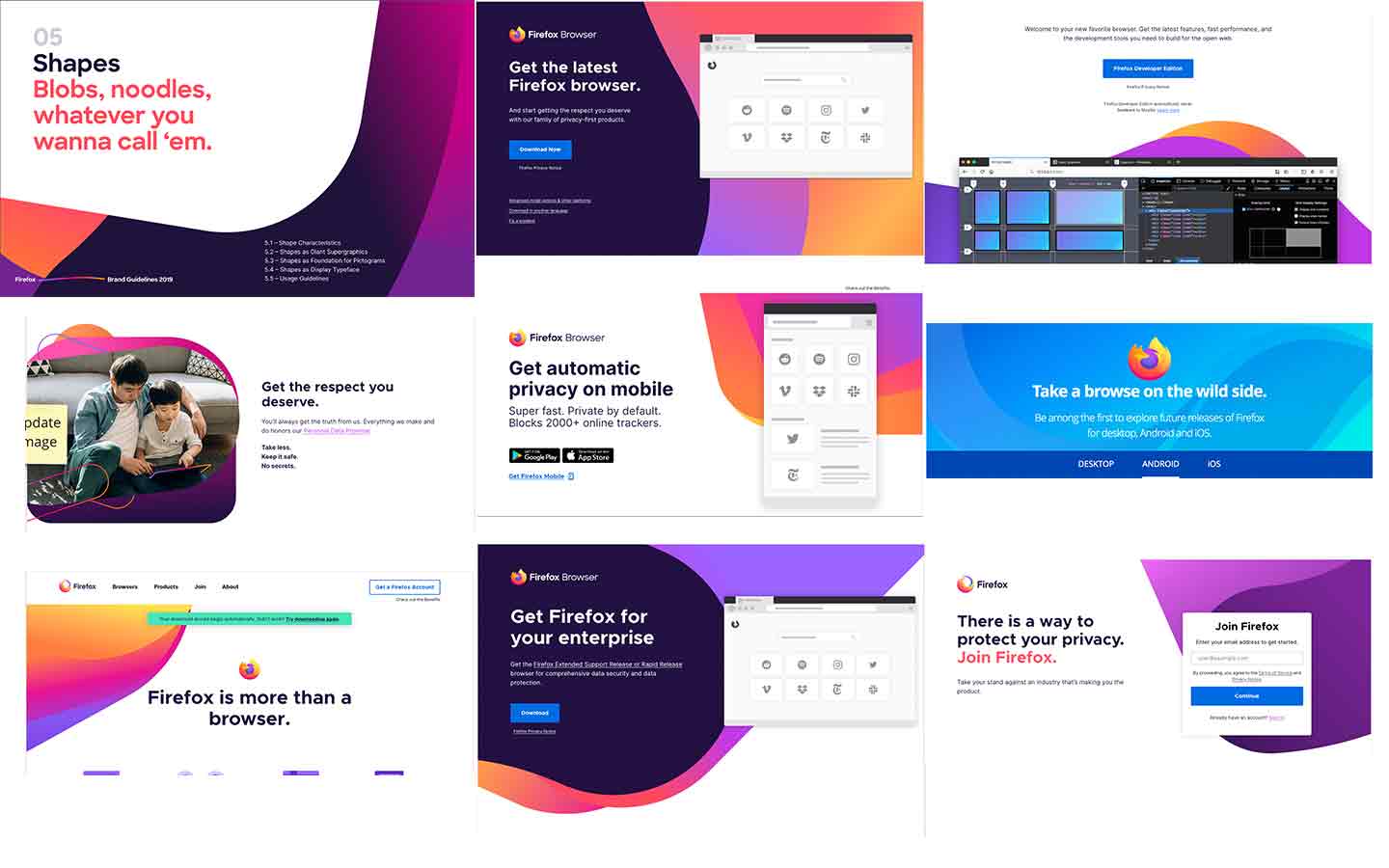
Solution:
- Define usage rules (3–4 shapes per composition)
- Use recognizable proportions
- Apply meaningfully in backgrounds, illustrations, image masks, and layouts
- Emphasize white space and balance





The Zap
The Zap became one of Firefox’s most iconic brand elements—a whimsical, handmade line element that adds energy, movement, and human character.
Use Cases: Navigation, videos, websites, campaigns, UIs, and more.
Rules for Use:
- Use the full gradient
- Rounded corners only
- Solid, continuous lines
- Subtle curves, no sharp zig-zags
- Maximum of 3 zags per Zap
The Zap reinforces that Firefox is a human-centered brand made by real people.
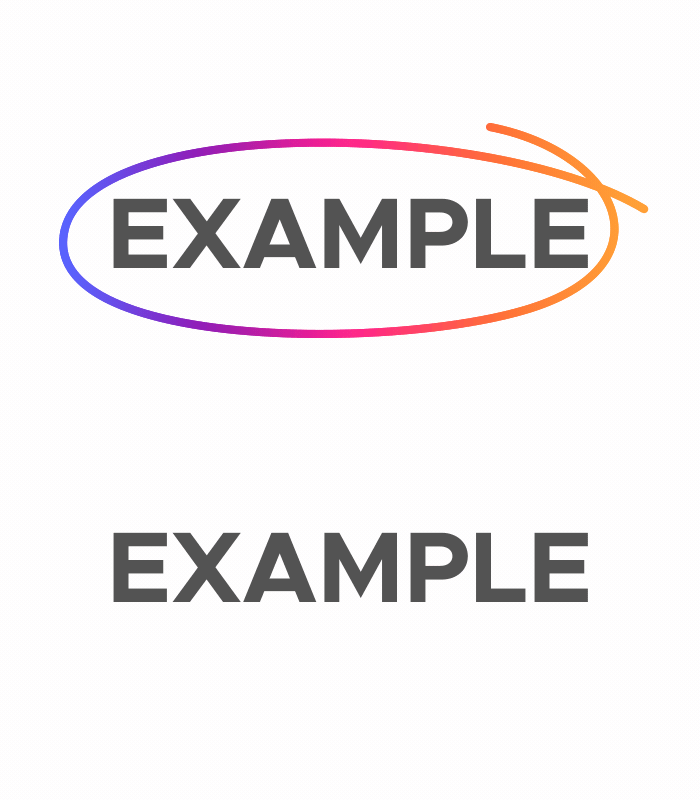

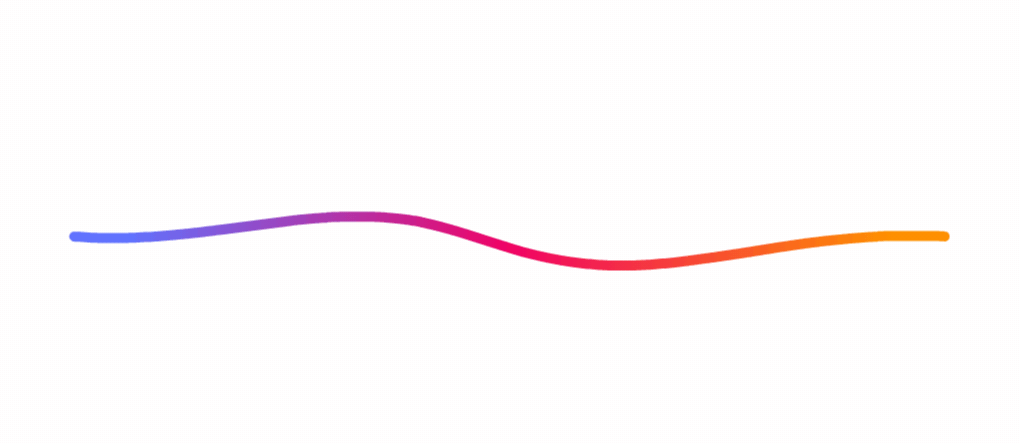





Illustration System
Firefox illustrations are always informative—not decorative. We developed a 3-tier system to meet different communication needs:
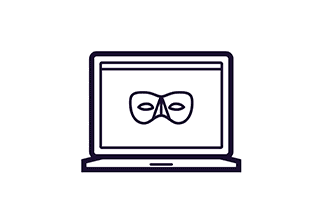
Pictograms: Simple metaphors to convey clear ideas

Spot Illustrations: Visual support for copy, medium detail

Freestyle Illustrations: Concept-driven artwork, ideal for social media and storytelling

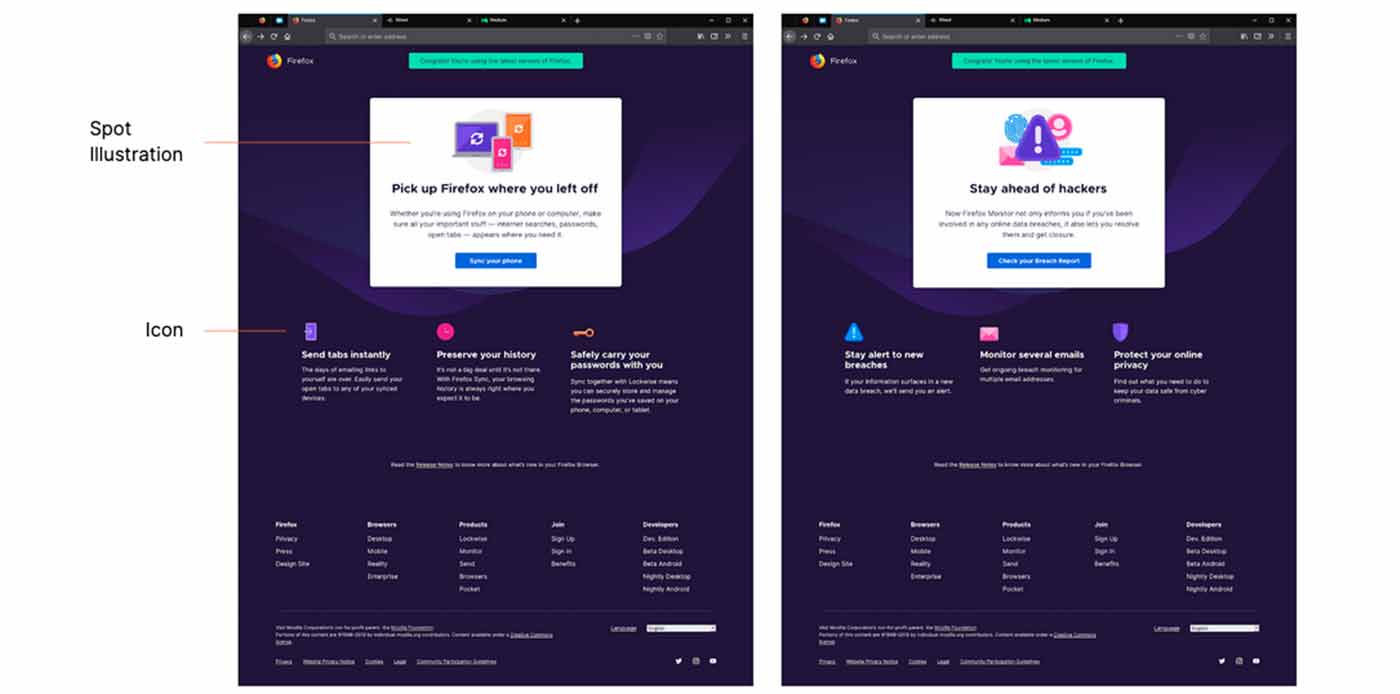
Protocol: The Firefox Design System
Protocol is the shared design system for all Mozilla and Firefox digital products.
It includes:
- Reusable coded components
- Consistent design language
- Accessibility standards
- Scalable content guidelines
Using Protocol ensures coherence across Firefox web experiences and dramatically improves design/development efficiency.
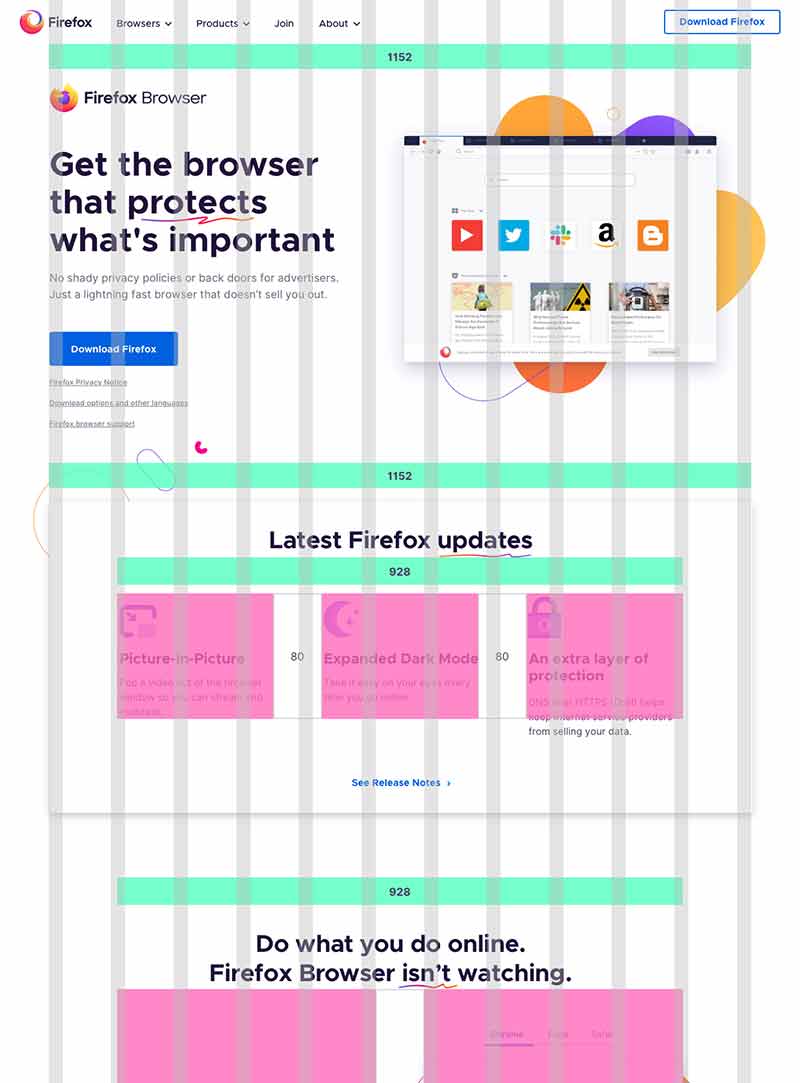
Brand Guidelines Overview
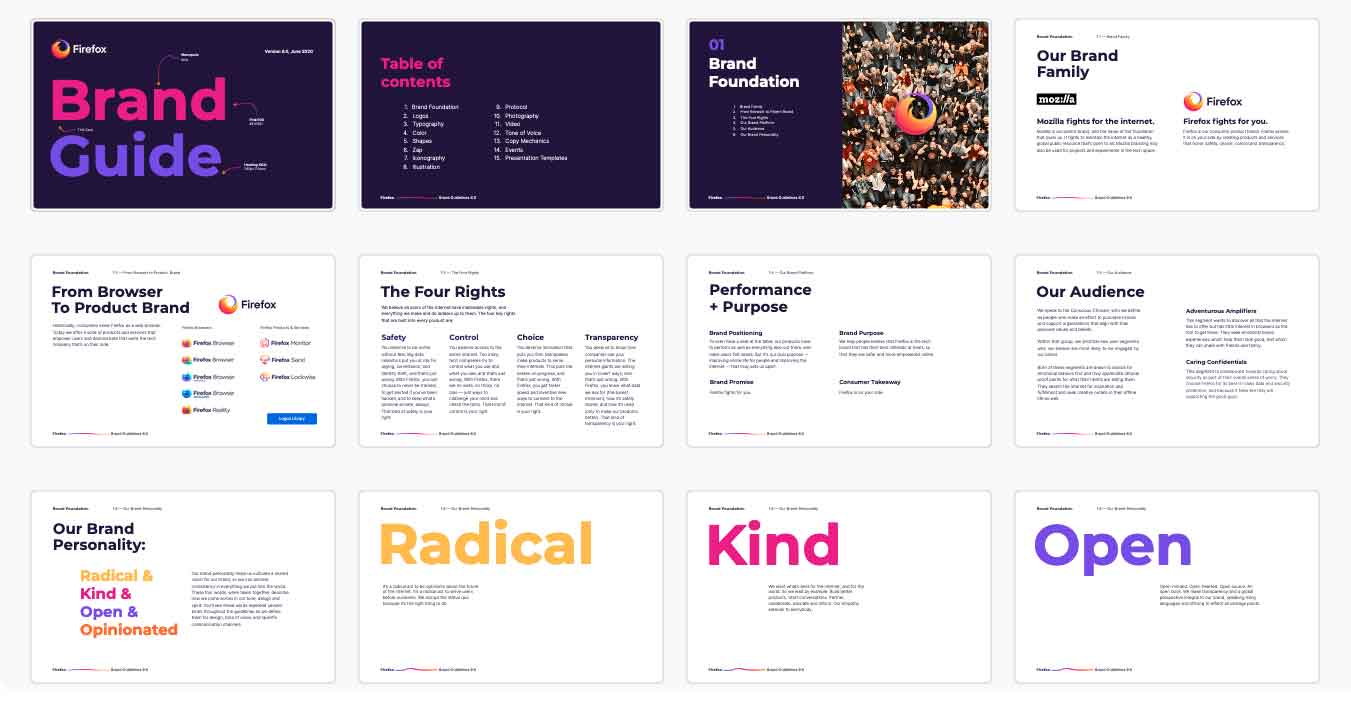
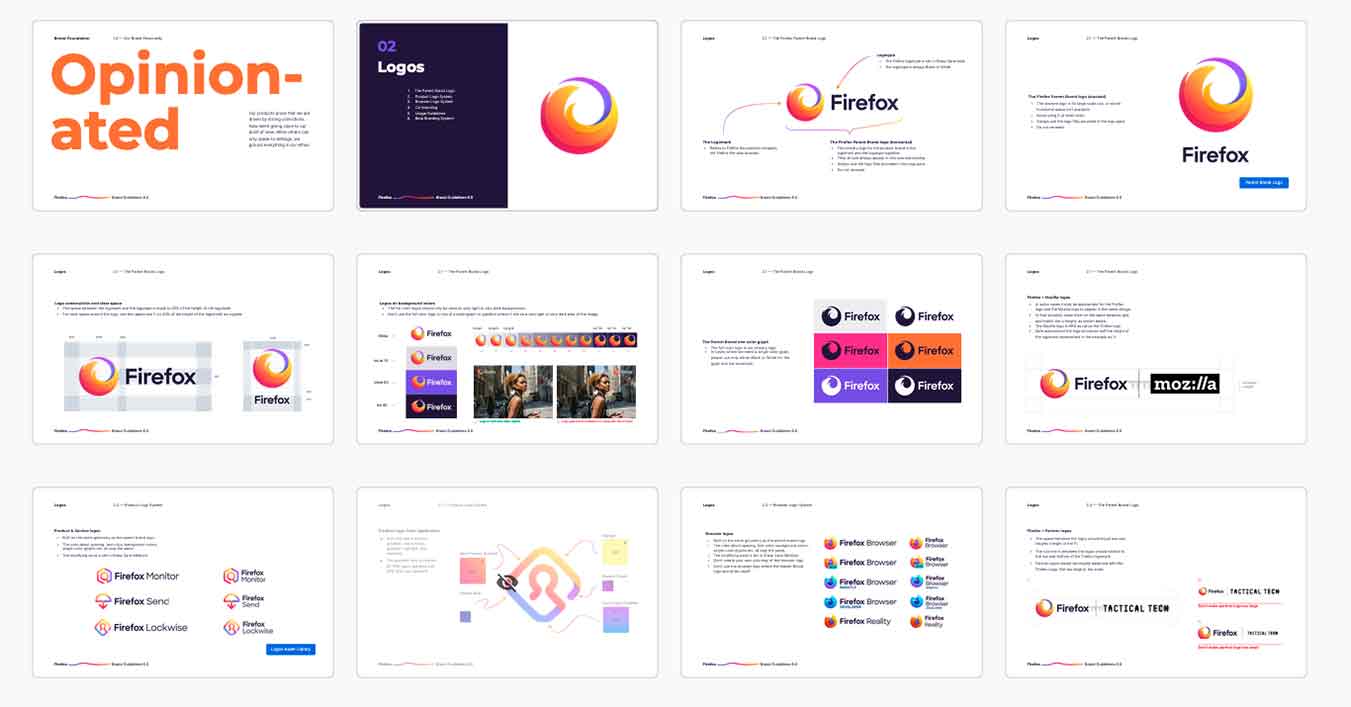

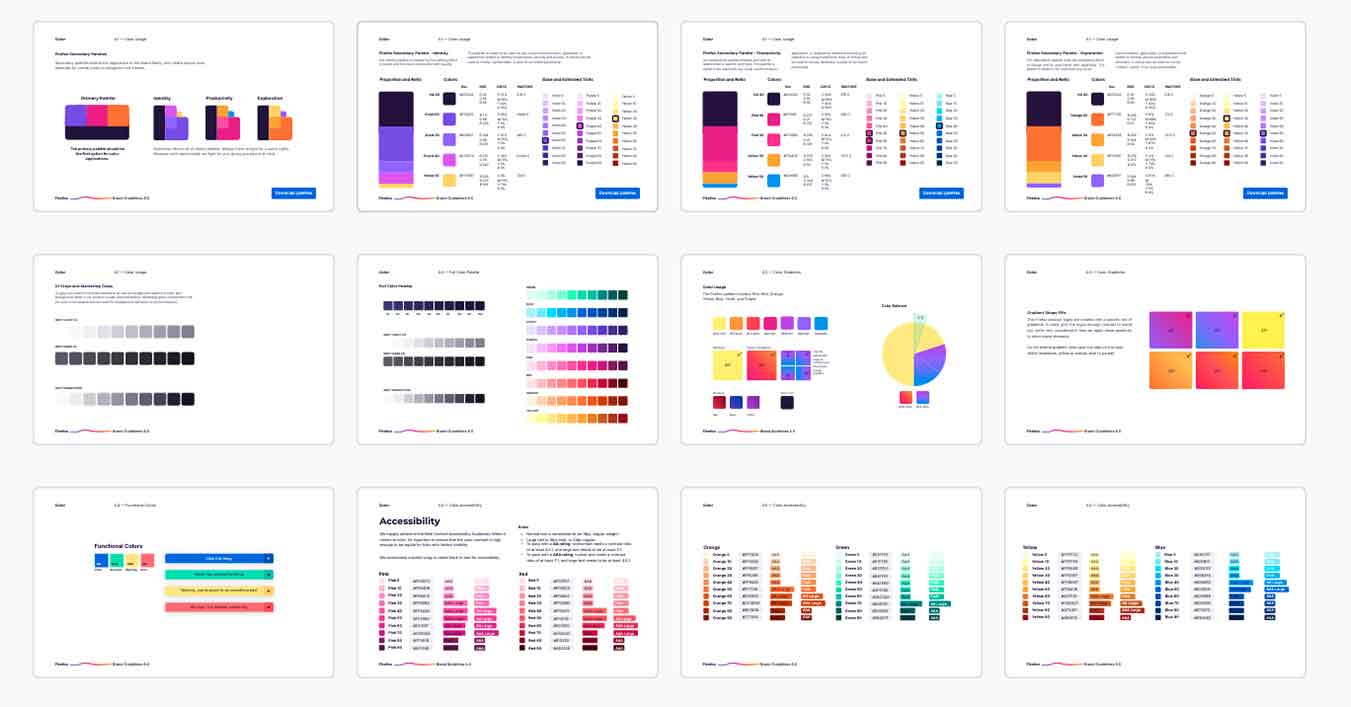
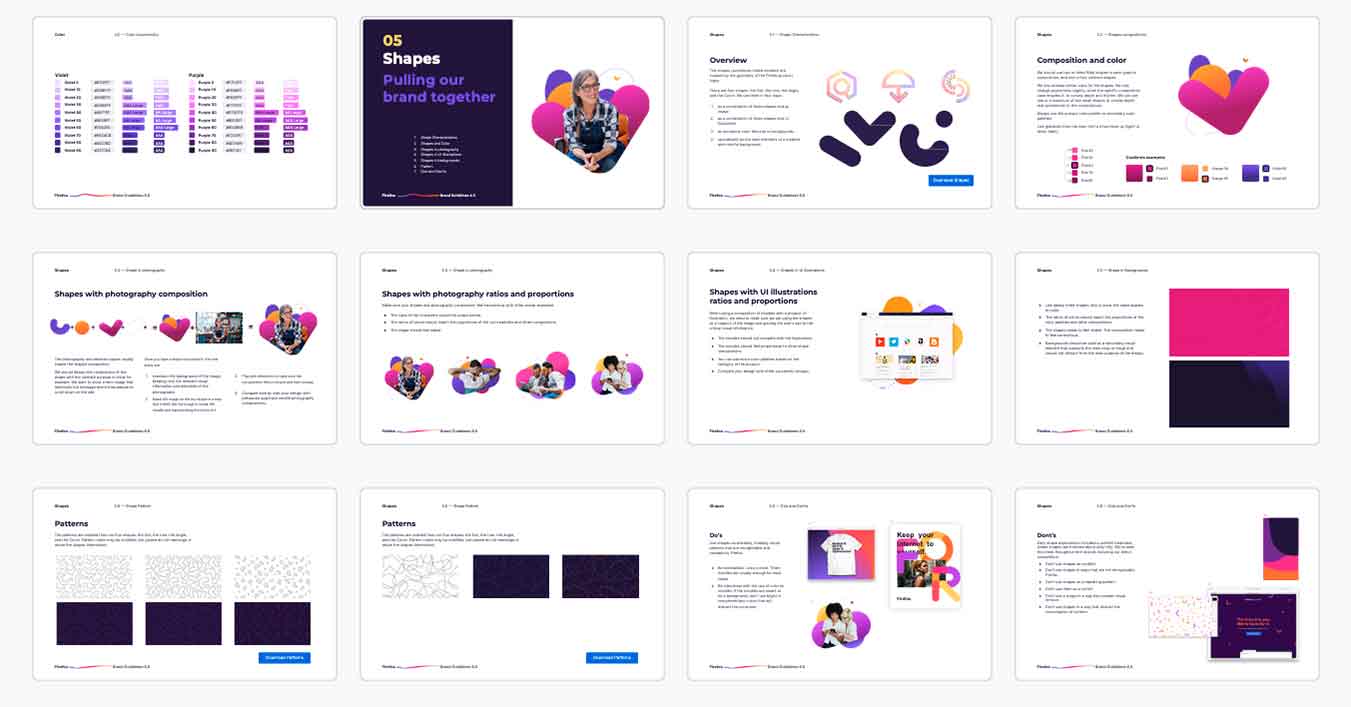

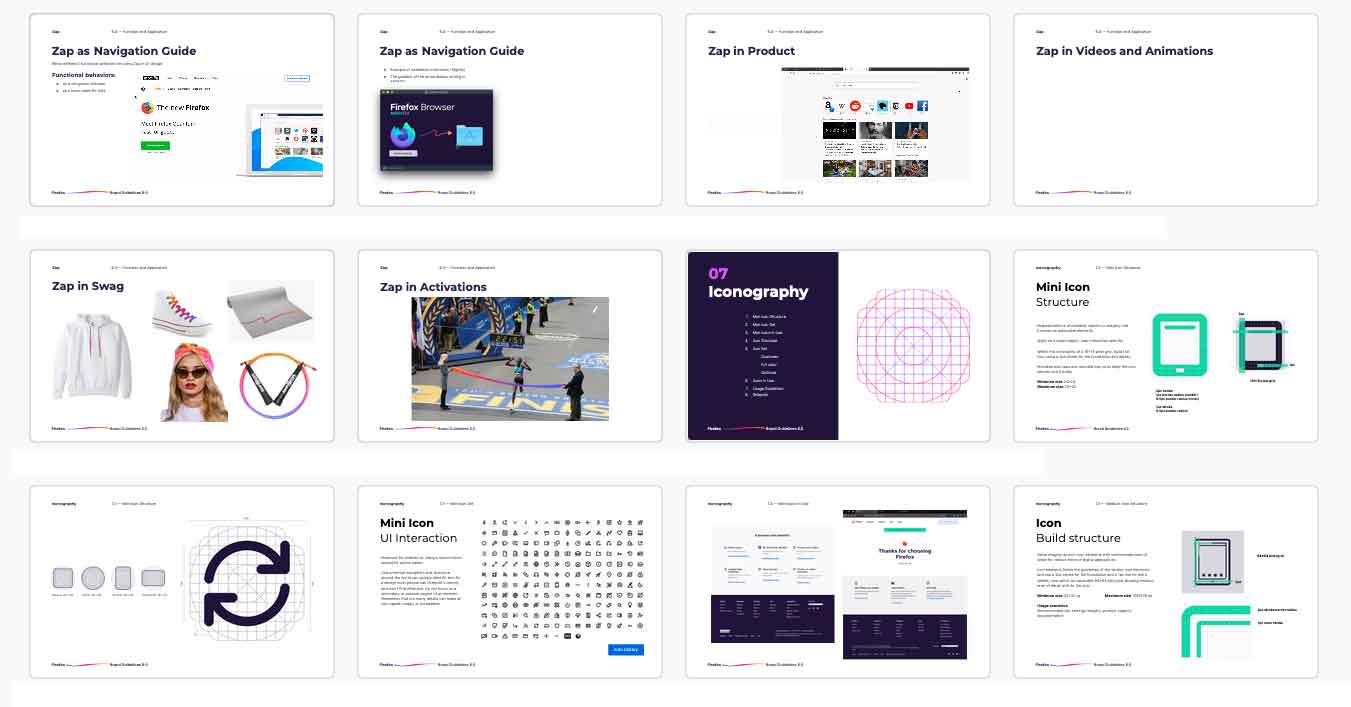




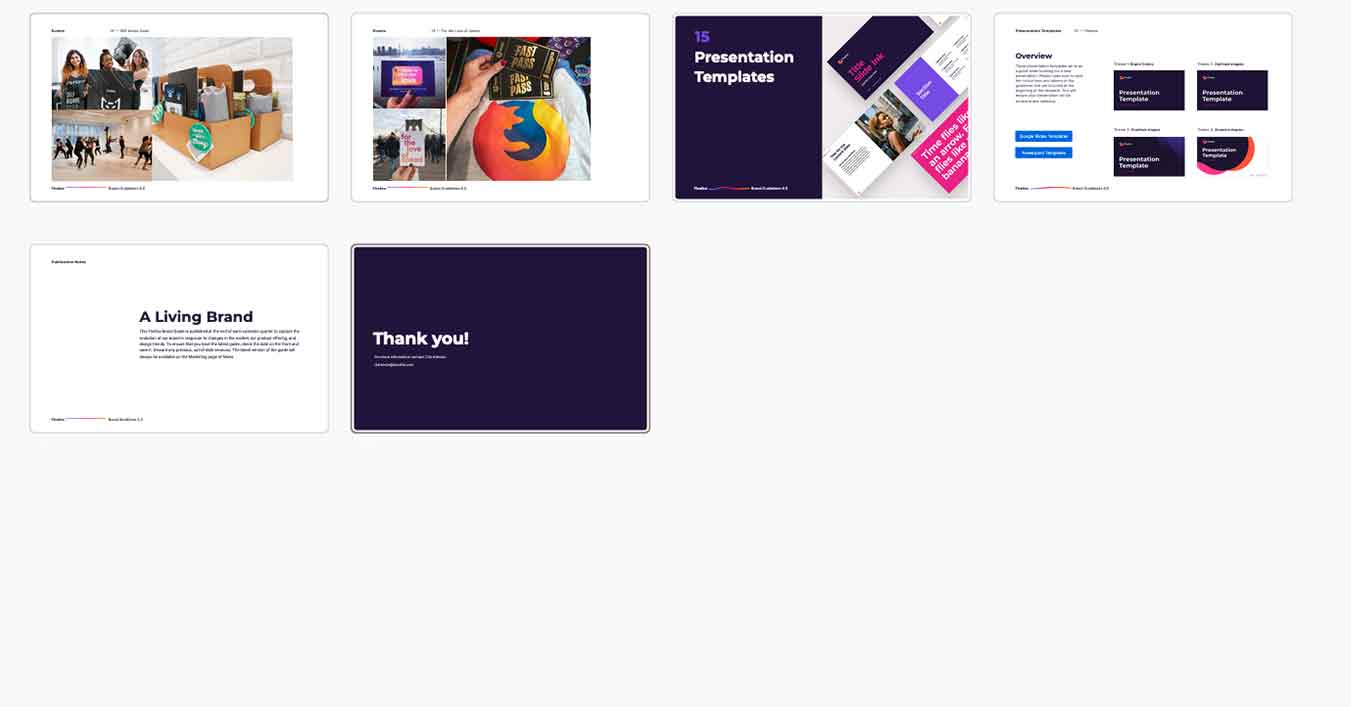
Selected Works
heraclio@designstgy.com

